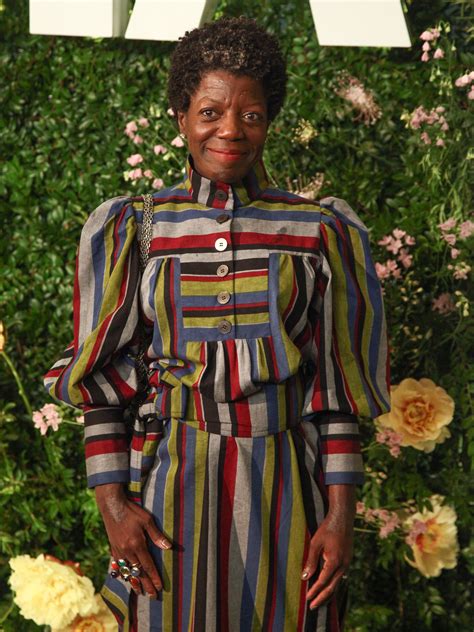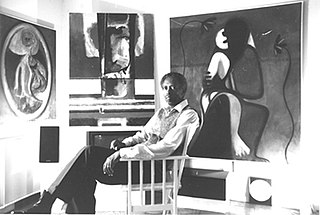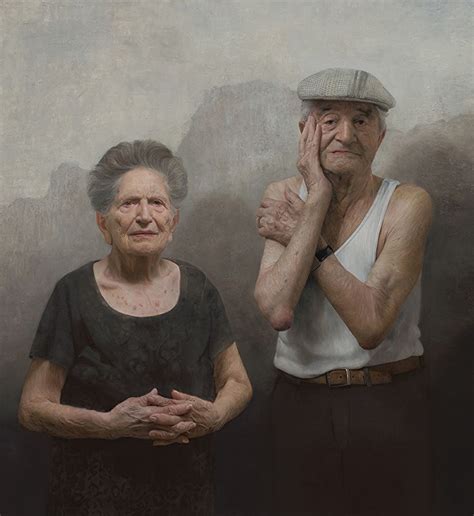A Quote by Adrian Piper
One reason for making and exhibiting a work is to induce a reaction or change in the viewer.... In this sense, the work as such is nonexistent except when it functions as a medium of change between the artist and viewer.
Related Quotes
I always like to believe that my work is about the expansion of the possibilities of the viewer. So if you have a sense of a heightened situation where there's an excitement, a physical excitement and an intellectual stimulation, there's just this sense of expansion. Because that's where the art happens. Inside the viewer.
I want my paintings to give the viewer a true sense of reality - that includes but is not limited to depth, scale and a tactile surface as well as the real sense of what the subject looks like and is feeling at the time that I painted them. There should be a discourse between the viewer and the subject, to feel as though they are in a way connected. My goal is not to set a narrative but rather to have the viewer bring their own experiences to the painting and the subject as they would if they had seen the subject on the street in real life.
But to demand that a work be “relatable” expresses a different expectation: that the work itself be somehow accommodating to, or reflective of, the experience of the reader or viewer. The reader or viewer remains passive in the face of the book or movie or play: she expects the work to be done for her. If the concept of identification suggested that an individual experiences a work as a mirror in which he might recognize himself, the notion of relatability implies that the work in question serves like a selfie: a flattering confirmation of an individual's solipsism.
I want to create objects that will stimulate the viewer in ways that I am stimulated by these objects. Now that's an ideal situation and the artist has no control over what his audience is going to think, but they can try to communicate some quality, some poetry through the work and just hope that the viewer has something in the vicinity of a similar experience.






































